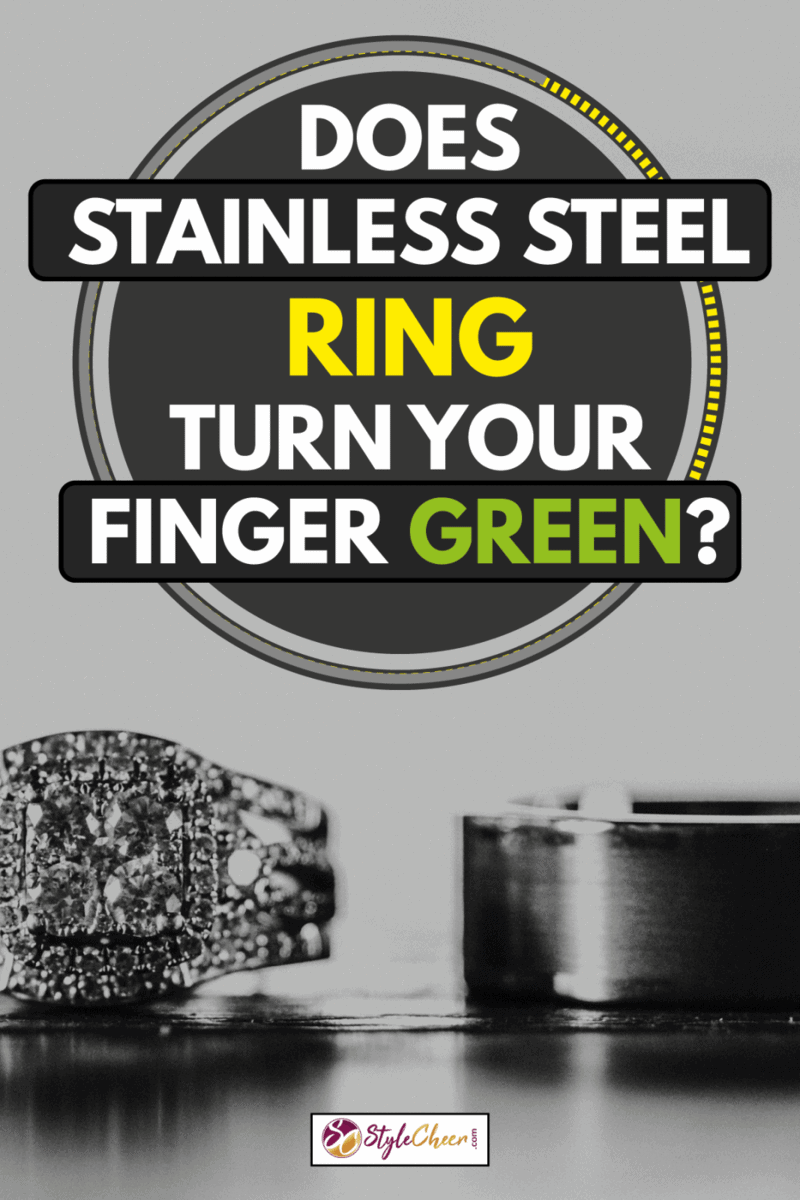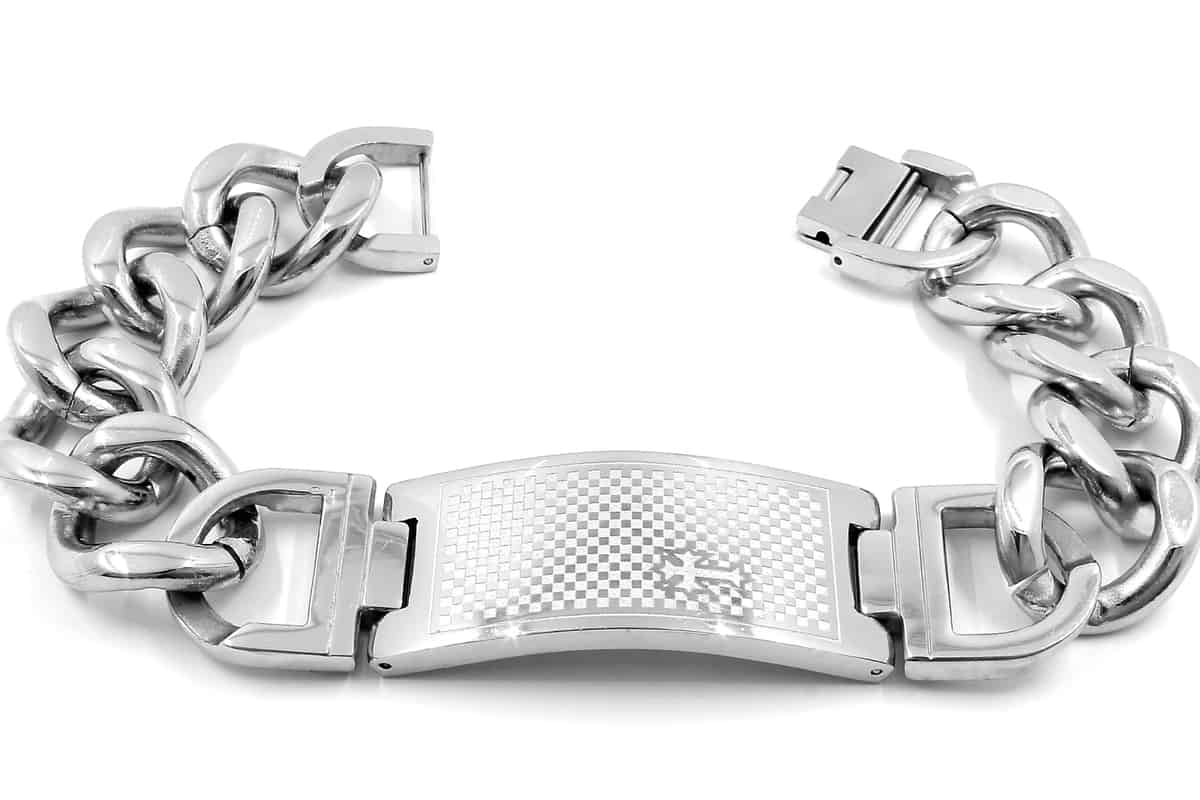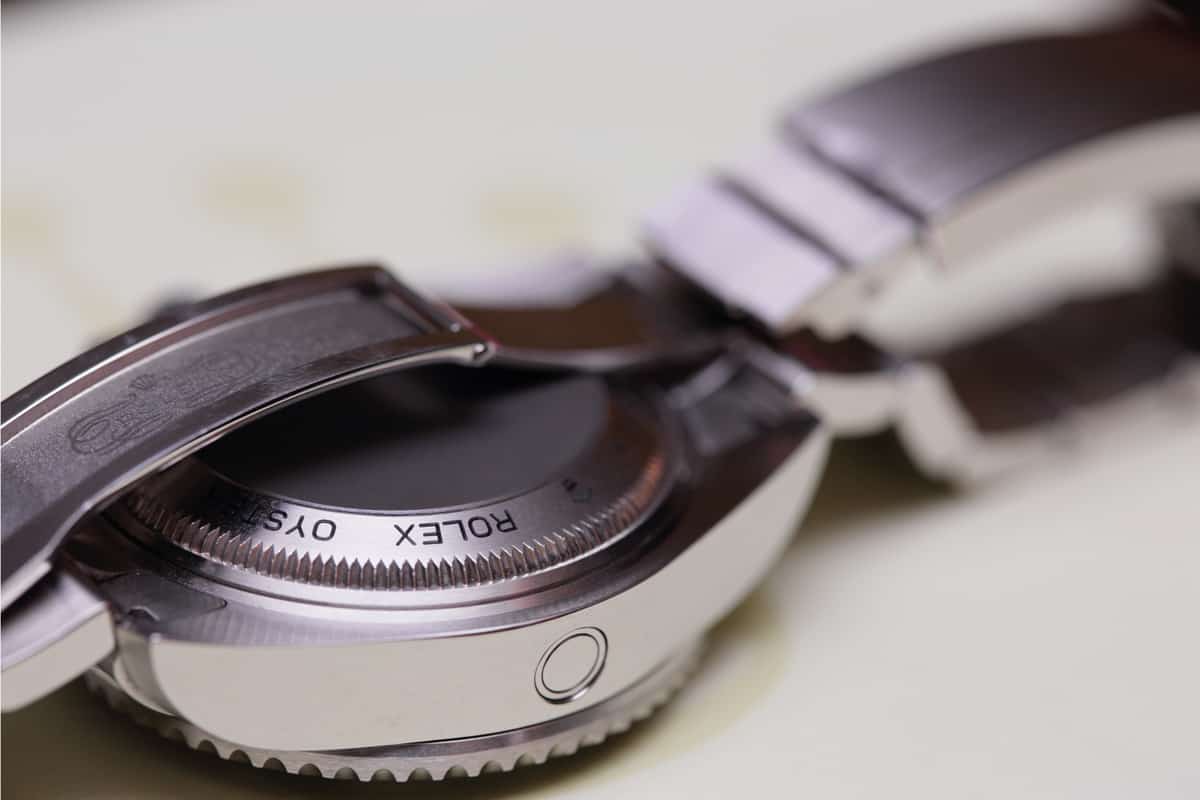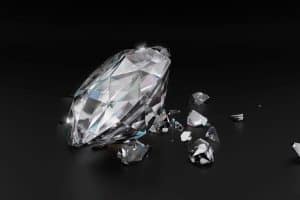If you have ever worn jewelry only to find that your finger has turned green after removing it, you know it can be a very confusing experience. Stainless steel is one of the most sought after jewelry metals and has been for several years. But can stainless steel turn your finger green? Also, what causes jewelry to turn fingers green? You'll be happy to know that we've done a bit of research into the subject, and we will answer these questions for you.
Stainless steel itself does not tarnish in any way and will not turn your finger green by itself. However, if it is made of low-quality materials or combined with other elements and alloys, it may, in fact, turn your finger green.
The metals and alloys added to your stainless steel jewelry will vary, depending on where you purchase your jewelry and the stainless steel quality. Continue reading to learn more about the characteristics of stainless steel and other useful information about the metal.

This article may include affiliate links and elements that were carefully created by our team using advanced ai to help you envision the best style advice.
Benefits of Stainless Steel Jewelry

Stainless steel jewelry comes in various grades, with the most common grades being 302 and 304 (which contain around 10% nickel and 20% chromium)--these grades will not stain your skin. Another popular grade with jewelry brands is 306. This specific grade is hypoallergenic and contains about 3% molybdenum for added corrosion-resistance. Due to the high price point of other metals and elements such as gold, diamond, and silver, stainless steel has increased in popularity and continues to be a go-to metal for more jewelry makers.
The numerous characteristics of the natural metal make it a great option for jewelry making as well as various types of industrial equipment. Here are a few of the main benefits of stainless steel jewelry.
High Corrosion Resistance
Stainless steel jewelry will not rust, and it only requires minimal upkeep to stay shiny and brilliant. This is probably the most impressive characteristic of stainless steel jewelry, as many people desire jewelry that requires very little maintenance. This is also one of the biggest reasons why stainless steel is used in various building and industrial applications.
Buy stainless steel cleaner on Amazon!
Low Reactivity
Many precious metals such as gold and silver can stain fairly easily. Stainless steel stands out as it remains mostly unaffected by various chemicals due to its chromium oxide content. This means that things like chlorine and salt, which will cause corrosion in other metals, will not damage the surface of stainless steel products.
This can be particularly beneficial for you if you frequent swimming pools (which have a considerable amount of chlorine). Stainless steel jewelry can contain nickel. However, the amount is usually so small that it typically doesn't trigger a negative reaction from those with a nickel sensitivity--thus adding to jewelry lovers' appeal. It's always best to ask about the nickel content if you have a metal allergy.
Durable and Long-Lasting
Another added benefit of stainless steel is its high malleability, which jewelry makers look for in the metals they choose for their products. Stainless steel bends and warps fairly easily under heat and maintains its characteristic details (such as nicks and scrapes) due to its nickel content.
Stainless steel has been known to last for decades and tends to maintain its lust and shine longer than other metals and with less polishing. If you notice that your stainless steel jewelry is beginning to lose its shine, you can simply polish it with a stainless steel cleaning cloth to restore it to its lustrous shiny state.
How long does stainless steel jewelry last?

Depending on how well you maintain your stainless steel jewelry, as well as how you wear it, it can last anywhere from 80 to 100 years or more! What makes stainless steel so impervious as a metal is its resistance to corrosion or rust, scratches, and general deterioration.
What finishes can be applied to stainless steel jewelry?
There are typically three types of finishes used for stainless steel jewelry making; brushed, mirror, and matte. Let's discuss these finishes in more detail.
Brushed Finish
Stainless steel products with a brushed finish have a very distinctive look with an almost muted luster that adds to their appeal. This surface reflects light and can often have a pattern of thin parallel lines made during the finishing process.
The steel is sanded using a grit belt of at least 120-grit, and then it runs through a water shower. A small level of variation is to be expected when purchasing stainless steel products with a brushed finish. The only downside to this finish is that the grooves of the steel's surface cause it to be more susceptible to corrosion and rust.
Common uses of this finish include:
- Various types of jewelry
- Home appliances
- Car and motorcycle designs
- Air conditioners
- Home and commercial building
Mirror Finish
A mirror finish is pretty much what it sounds like, a shiny highly-reflective finish. It's also one of the most popular finishes for stainless steel jewelry and products. The polished look of this finish gives it great appeal to many jewelry fans and industrial companies.
Unlike the matte finish, mirror finishes do not show any surface stains, scratches, or other signs of damage. During the finishing process, the steel is treated with several fine abrasives to create a smooth and consistent appearance. This process also improves the metal's ability to resist corrosion.
Common uses of this finish include:
- Various types of mirrors
- Jewelry
- Decorative trim
- Car and motorcycle parts
- Building panels
- Reflectors
Matte Finish
And lastly, you have the matte finish. This type of stainless steel is the dullest and reflects no light. That being stated, it doesn't have much appeal for aesthetic uses such as jewelry making, architecture, or automotive design. However, the benefits of stainless steel continue to make it an ideal finish for the right application.
Unsurprisingly, a matte finish is the cheapest stainless steel finish that you can choose. The finish is created by rolling the steel through a series of dies or complex roller machines. After the steel is rolled, it runs through another process where it is descaled, softened, and then polished.
Common uses of this finish include:
- Industrial equipment
- Refrigeration components
- Papermill equipment
- Chemical plant components and equipment
Can you shower with stainless steel jewelry?
It's generally safe to shower with your stainless steel jewelry, as it will not rust or tarnish from the water. However, if the jewelry is of low quality, meaning that it only contains a small percentage of stainless steel and a larger percentage of other metals and alloys, it very well may tarnish. This is why it's important to ask jewelry makers about all of the metals and elements contained in jewelry before you purchase it. The best thing to do is purchase the standard 304 stainless steel to be on the safe side, as it won't rust.
How do you clean stainless steel jewelry?
There are a few different ways that you can clean your stainless steel jewelry. Let's discuss a few ways that you can clean it.
Use a stainless steel cloth jewelry polisher.
Buy a cloth cleaner on Amazon!
Purchase liquid stainless steel jewelry cleaner
Create a homemade paste using baking soda and water (1:1 ratio).
Make a homemade solution by combining water with a mild detergent, baking soda, and salt (in equal parts).
Clean the jewelry using mild dish soap.
What metals turn your skin green?
Sterling silver
Sterling silver typically contains around 7% copper. Jewelry makers often combine the element with other metals or alloys to increase its durability and workability. The copper in sterling silver tends to oxidize over time, which causes it to develop a green film on its surface known as "patina." If you are wearing jewelry that contains copper, this residue can rub off on your fingers, causing them to turn green. If you tend to sweat a lot or wear lotion, a buildup of patina is more likely.
Bronze & Brass
Jewelry made of bronze or brass is also known to turn your fingers green. This type of jewelry is generally inexpensive. The fact that it oxidizes quicker than other metals is one reason why (that coupled with the fact that it just doesn't have the same aesthetic appeal as gold, silver, or stainless steel).
Similar to stainless steel, these metals also oxidize, which can cause patina to rub off on your fingers. This will be exacerbated if you tend to sweat a lot or use perfumes and/or body lotion while wearing the jewelry. This can be minimized by simply keeping your hands dry and free of body lotions.
Copper
Copper has definitely submitted its place in the jewelry-making market and has become increasingly popular in the past 30 years (many jewelry makers use it to increase their products' durability). It is also the metal most commonly associated with turning green. It doesn't take much for copper jewelry to oxidize, particularly when exposed to moist environments. So to say, if you wear copper jewelry in the shower or on moist skin, it will likely turn your skin green. However, if the jewelry only contains a minimal amount of copper, this may not occur.
Nickel
Nickel is another metal that is known to turn your skin green due to oxidation. It has also been known to cause stains on non-porous surfaces such as other metals, wood, vinyl, and stone. Nickel is also known to cause skin irritation to people with sensitive skin. So if you have any type of metal allergies (which can cause skin rashes and irritation), you may want to use caution before purchasing jewelry that contains high amounts of nickel.
Metal Alloys
Metal alloys can be made from a variety of materials and can come in several different grades. While the metal composition may vary from product to product, jewelry consisting of nickel, copper, or sterling silver tends to oxidize more. As a result, the residue formed from the oxidation will rub off on your skin.
Wrapping Things Up
To sum things up, stainless steel itself does not turn your fingers green. However, if you are wearing jewelry that isn't of the highest quality or has other metals or alloys, it may turn your fingers green.
Before you go, be sure to check out our other posts:










